Not too long ago, The Museum of Fine Arts, Houston screened Emilia Perez, the Spanish-language, Netflix-distributed crime comedy/musical that recently won big at the Golden Globes, landing statues for Best Foreign Language Film and Best Motion Picture – Musical or Comedy, and was just nominated for 13 Oscars, including Best Picture.
The streamer not only released Perez in theaters, but 35mm prints were struck for those venues that wanted to play it on analog film, like the MFAH. “I saw that Emilia Perez was playing in 35mm at the Paris Theater in New York,” longtime MFAH film curator Marian Luntz tells CultureMap, “and I thought, I wonder what they're doing with the distribution of the film on 35. And, so, we were fortunate. We reached out to our contact at Netflix, and he said, ‘Yes, we have very few prints, but when do you want to show it?’ And I gave these dates, and they said yes and we're really proud.”
Perez isn’t the only film getting shown the old-fashioned way. Fellow Oscar nominees Anora, Nickel Boys, Nosferatu and The Brutalist (which can also be seen in 70mm) all have had 35mm engagements at other theaters. Ever since acclaimed auteurs like Paul Thomas Anderson, Christopher Nolan, and Quentin Tarantino proudly declared that they will always make movies on analog film, fellow filmmakers have been following suit.
Even though MFAH has analog and digital film projectors in both their Brown and Lynn Wyatt theaters (upcoming 35mm screenings includes Julie Dash’s directorial debut Daughters of the Dust and the Marilyn Monroe-Jane Russell classic Gentlemen Prefer Blondes), there are no first-run movie houses in Houston equipped to play day-and-date flicks on 35mm. Currently, Alamo Drafthouse Cinema’s South Lamar location in Austin is the only multiplex in the state that has an auditorium reserved for new releases on analog film.
 The MFAH is the only venue in Houston screen films on 35mm.Courtesy of the Museum of Fine Arts, Houston
The MFAH is the only venue in Houston screen films on 35mm.Courtesy of the Museum of Fine Arts, Houston
But are Houston moviegoers even craving that these days? “I would love to see more 35mm and 70mm,” writer (and MFAH’s “Jazz on Film” programmer) Peter Lucas says. “But honestly, I don't think Houston cares about that at all.”
Rice film professor/Rice Cinema programmer Charles Dove believes that watching a film on film will always be the better experience. “What happens is that the screen goes completely black every few frames of the film, and it generates a kind of hypnotic way of watching a film, unlike the continuous projection of a digital projection,” says Dove. “There's actually like a frame, a thing that's flickering, making the film flicker, right? So, if it's at 18 frames per second, it flickers more, right? If it's at 24, it’s closer to the idea of the persistence of vision, when people imagine that the images are moving when they really aren't.”
Whenever Luntz does a 35mm screening at the MFAH, the response is usually positive. “I do think it's something that adds a little bump for the public,” she says. “I think it definitely inspires some people to turn out who may have seen a film before, in any other format. I do think it's an incentive and we make a big deal about it. We have that trailer that was made when we were reopening after the pandemic that has interviews with two former projectionists, Tish [Stringer] and Trey Ferguson… We make a point of acknowledging the projectionists and asking for applause before we start [the feature presentation].”
Stringer, who has held analog film screenings/lectures at The Menil Collection, believes that more movies would get released on film if more audiences ask for them. “We have to educate the audience so that they can demand from the theaters and from the industry what they want,” says Stringer, who has worked at MFAH and Rice Cinema. “Theaters today have to find ways to inspire people to get off the couch and back into the screening room. We have to show how we're different from home theater experiences.”
Come fall, Rice Cinema will rejoin the MFAH in playing 35mm films for local cineastes. Back when the program screened films at Rice Media Center (before it was demolished in 2021), Rice Cinema had analog and digital projectors available. Currently, it has been playing films on digital in a temporary space in Sewall Hall, where a new, state-of-the-art auditorium – with analog and digital projectors – will debut in the fall.
“I literally just got off a Zoom call with the guys who are designing our new projection space in the new building,” Dove says. “They just turned their monitor around and showed us the projectors that they're working on for us… One of the first things we're going to do in the new theater is show Last Night at the Alamo in 35mm, which is the last film we showed at the old space in honor of [cinematographer] Brian Huberman, who will be in his 50th year as a faculty member at Rice.”
Luntz says 35mm prints of newer films could get booked for future MFAH screenings, but don’t expect them immediately. “The reality for us is that we at the moment are booked up until May,” she says.

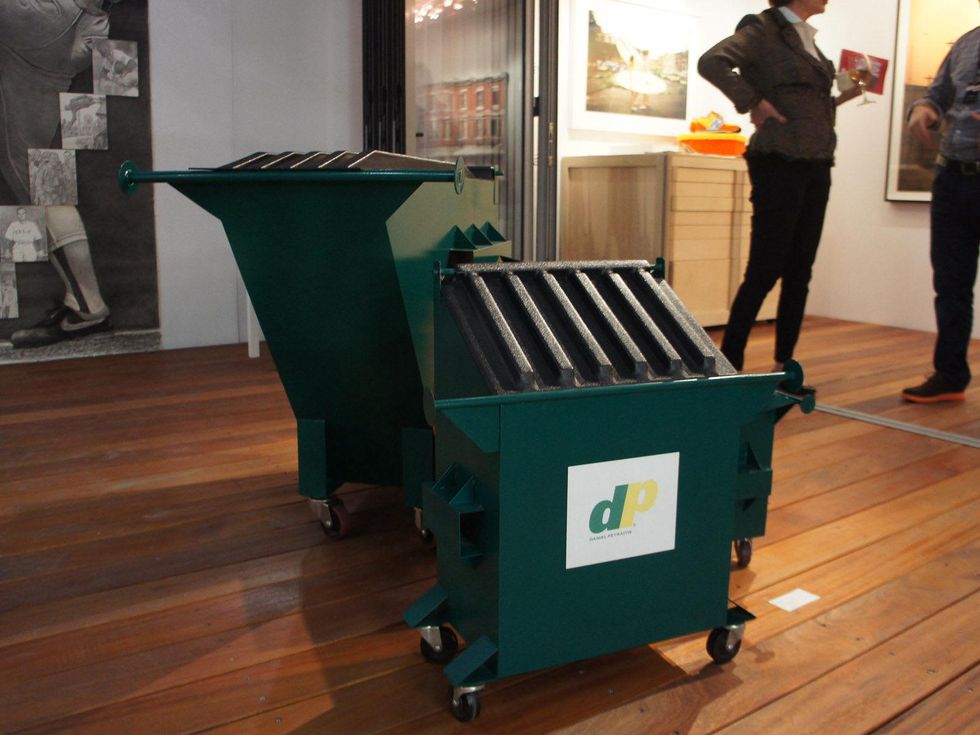
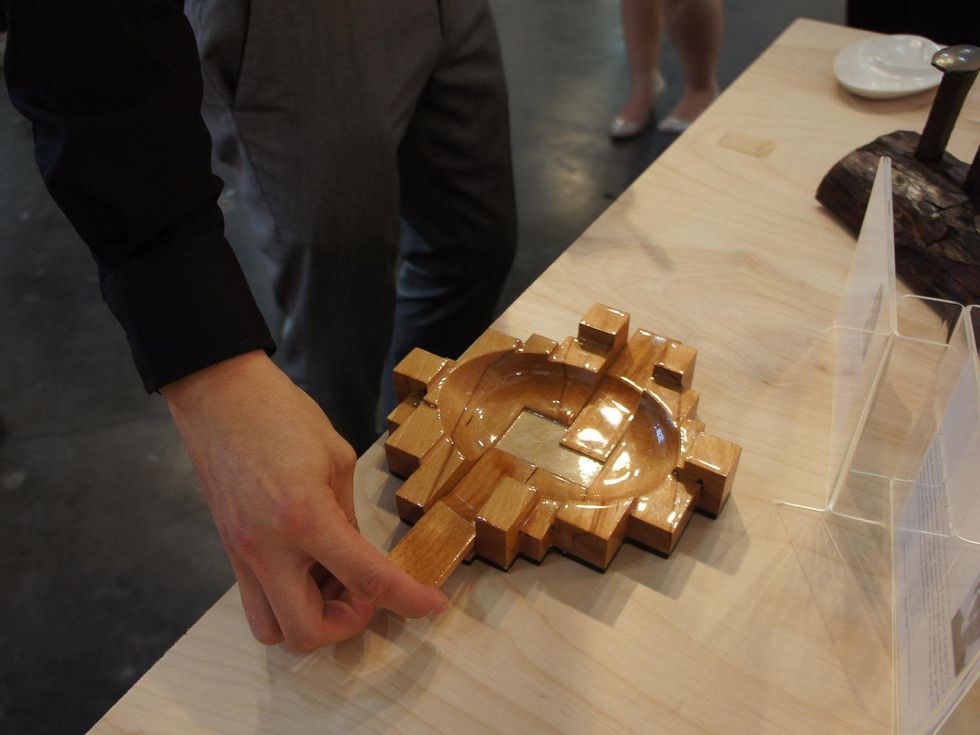
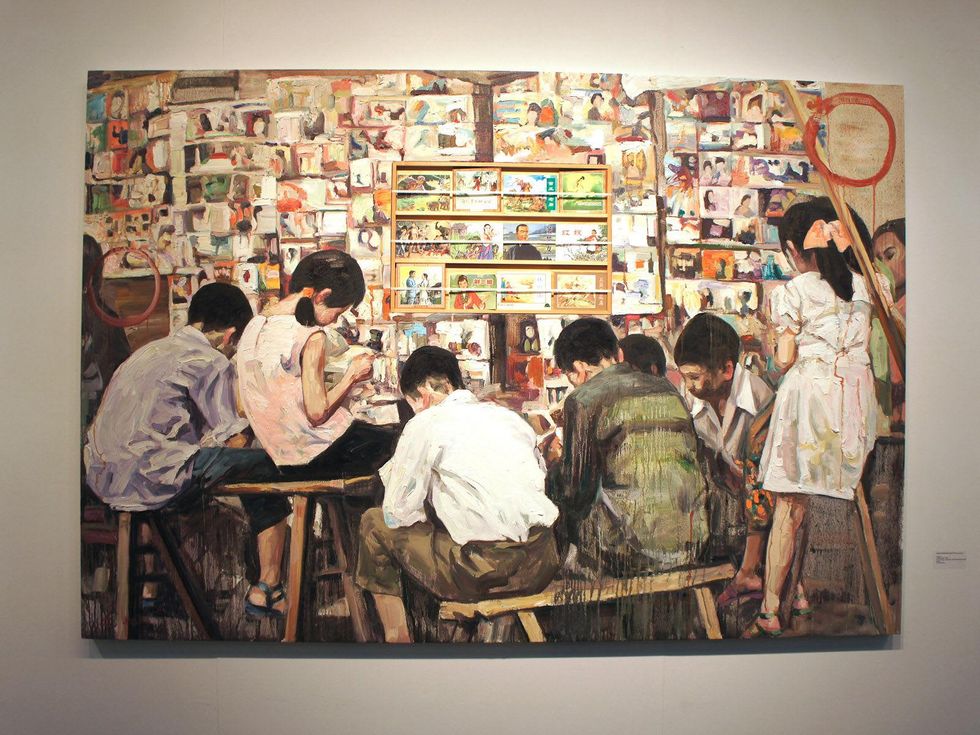
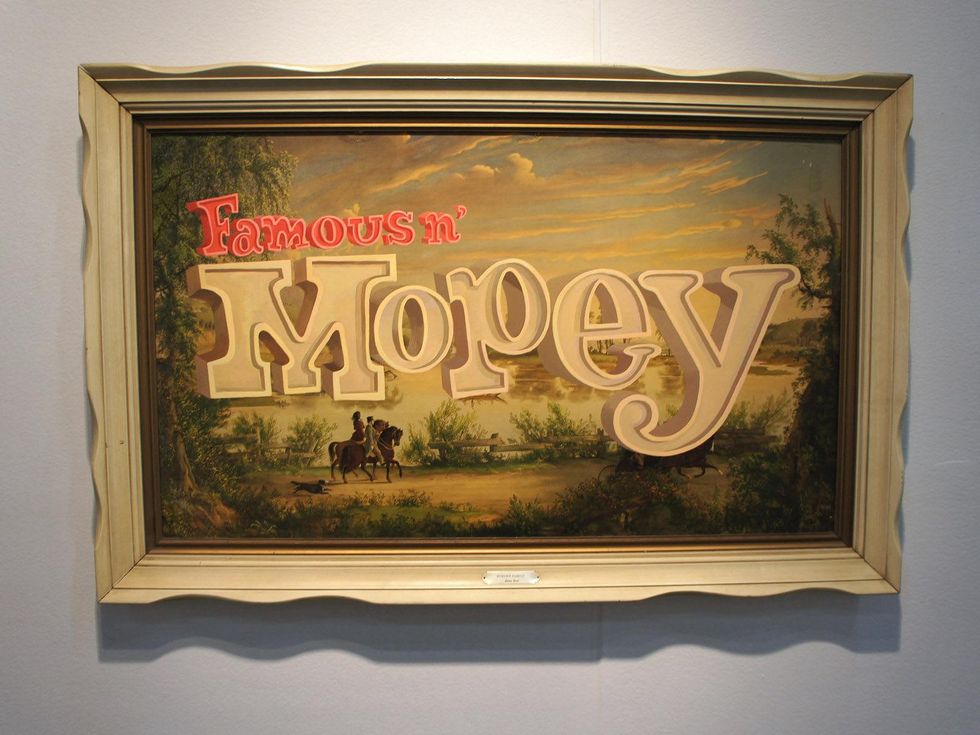
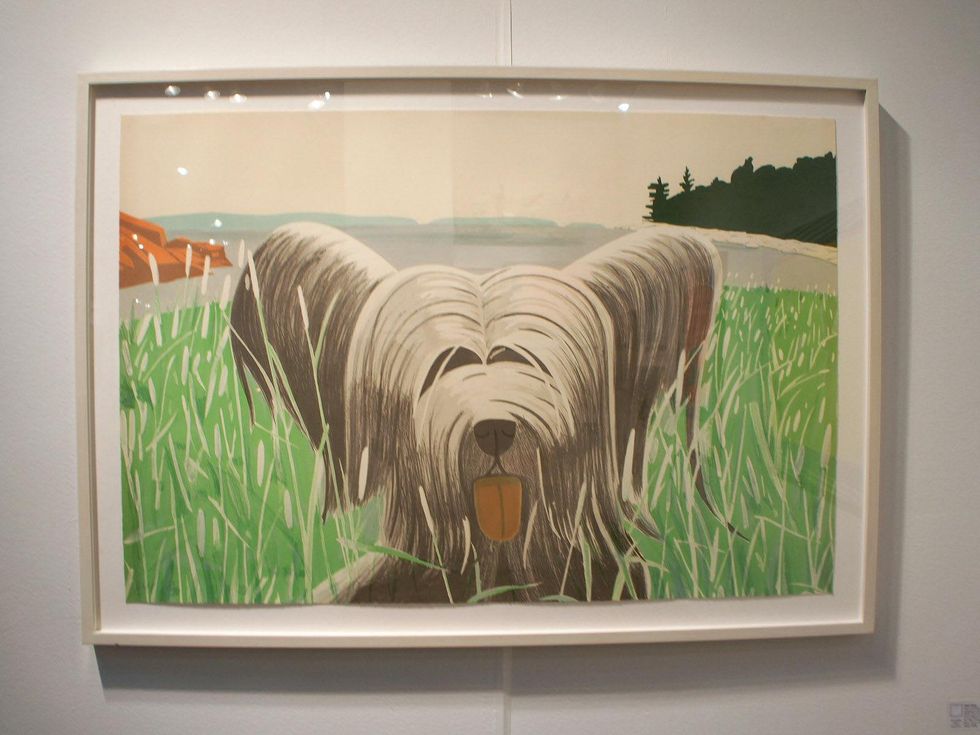
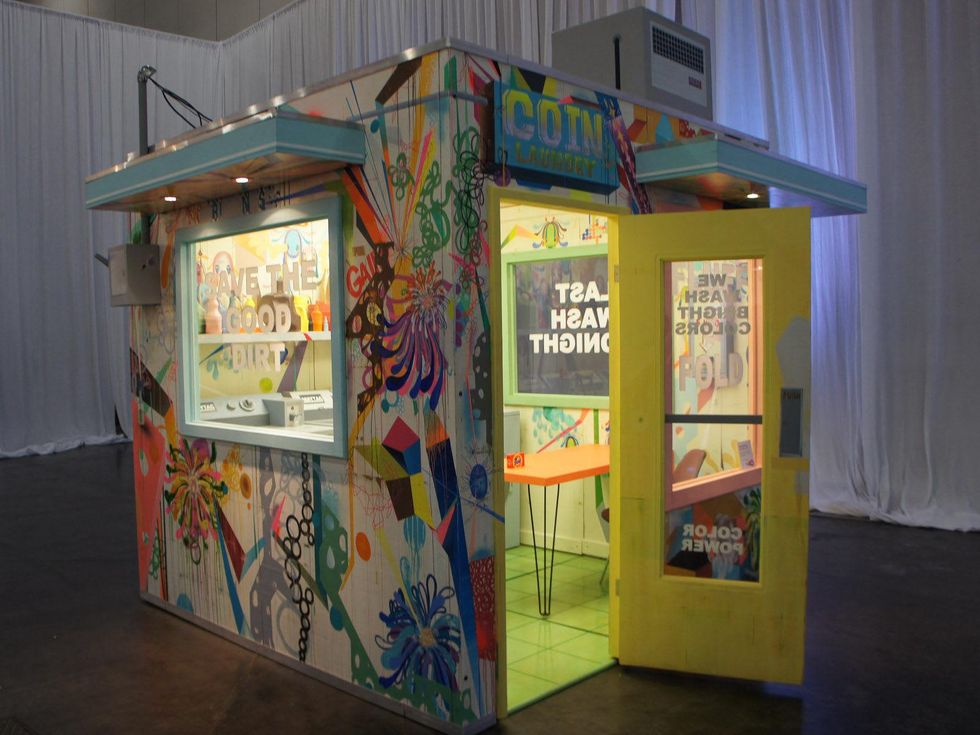
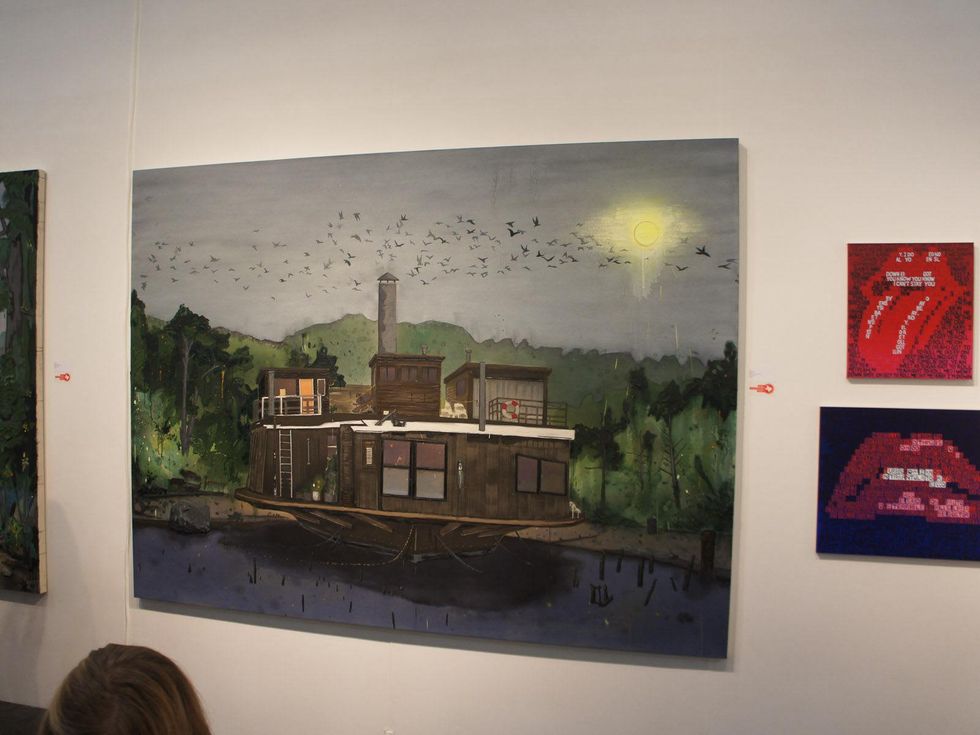
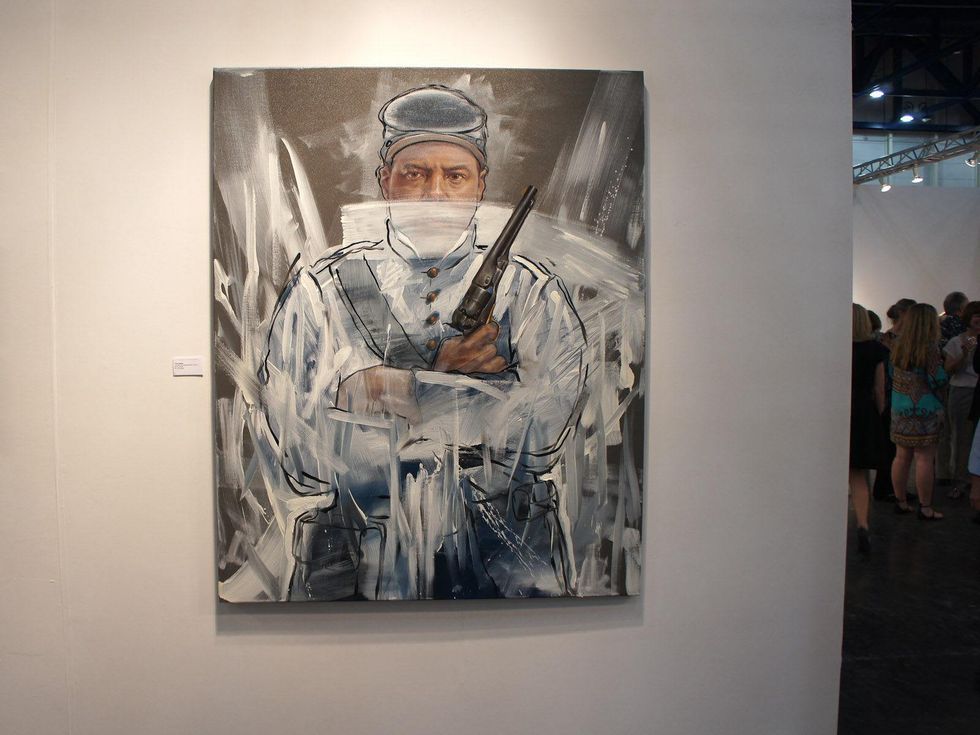
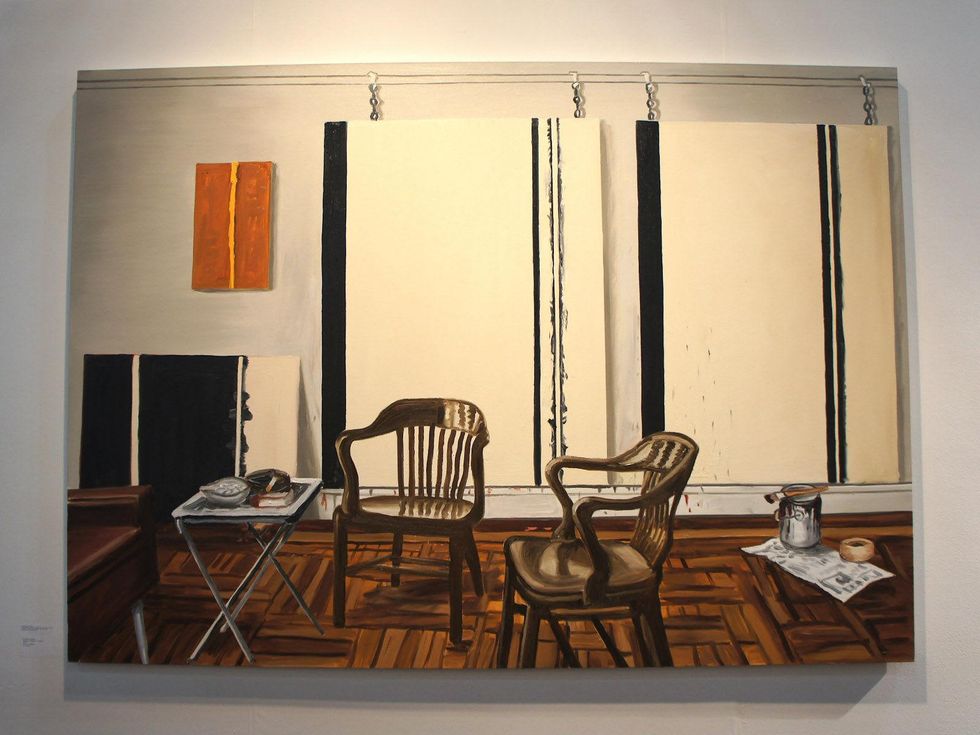
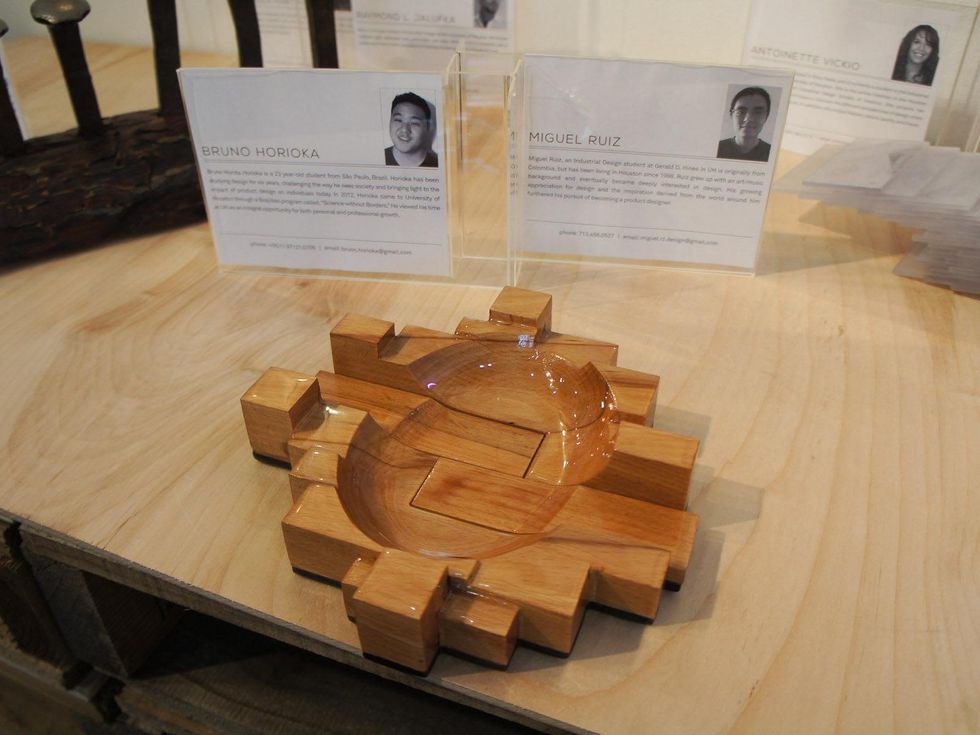

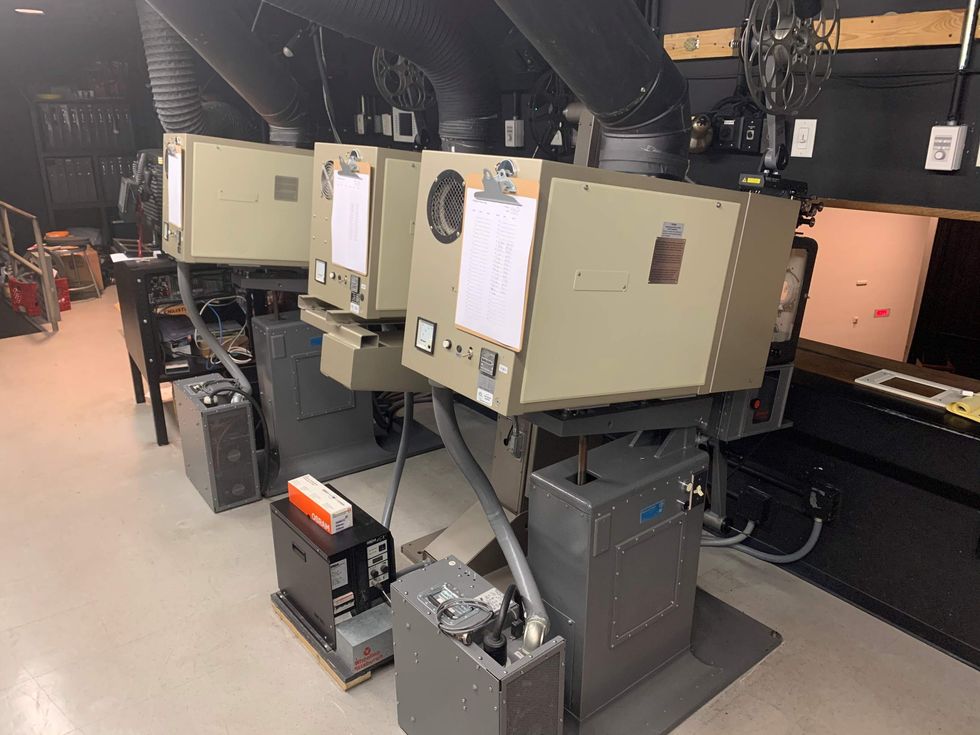 The MFAH is the only venue in Houston screen films on 35mm.Courtesy of the Museum of Fine Arts, Houston
The MFAH is the only venue in Houston screen films on 35mm.Courtesy of the Museum of Fine Arts, Houston